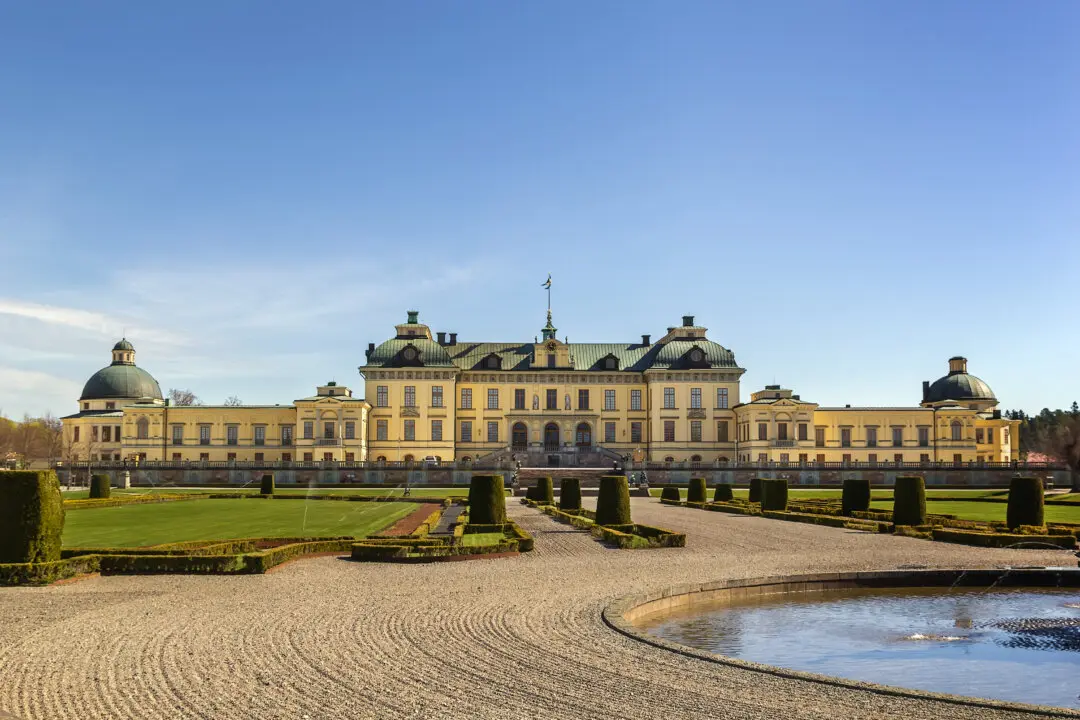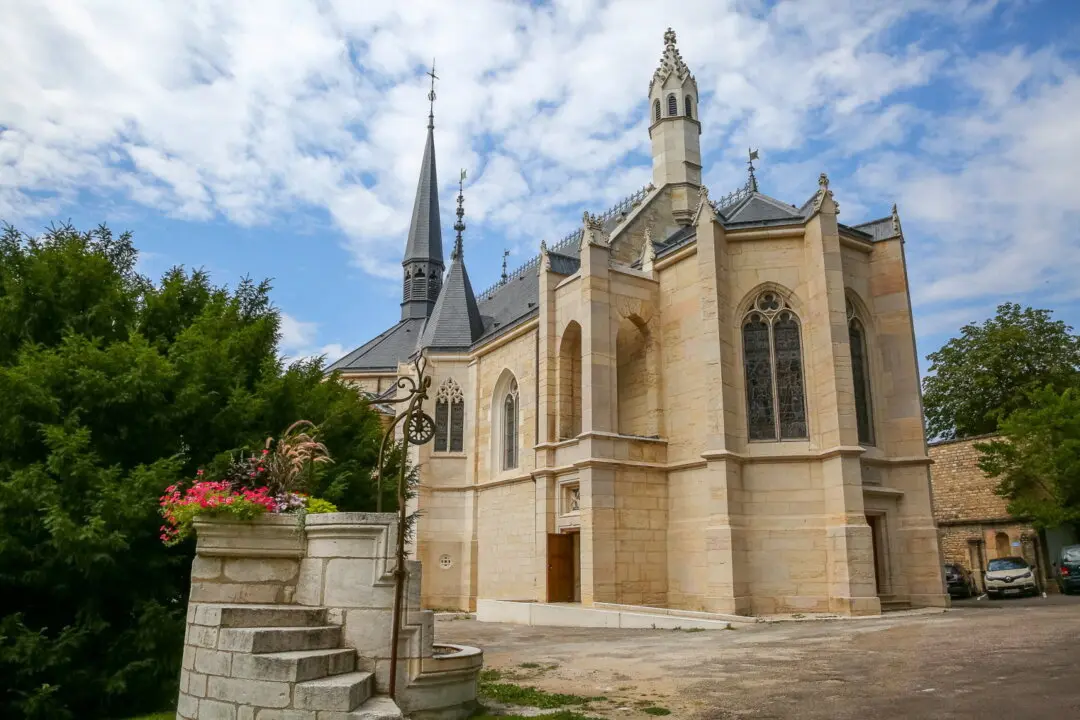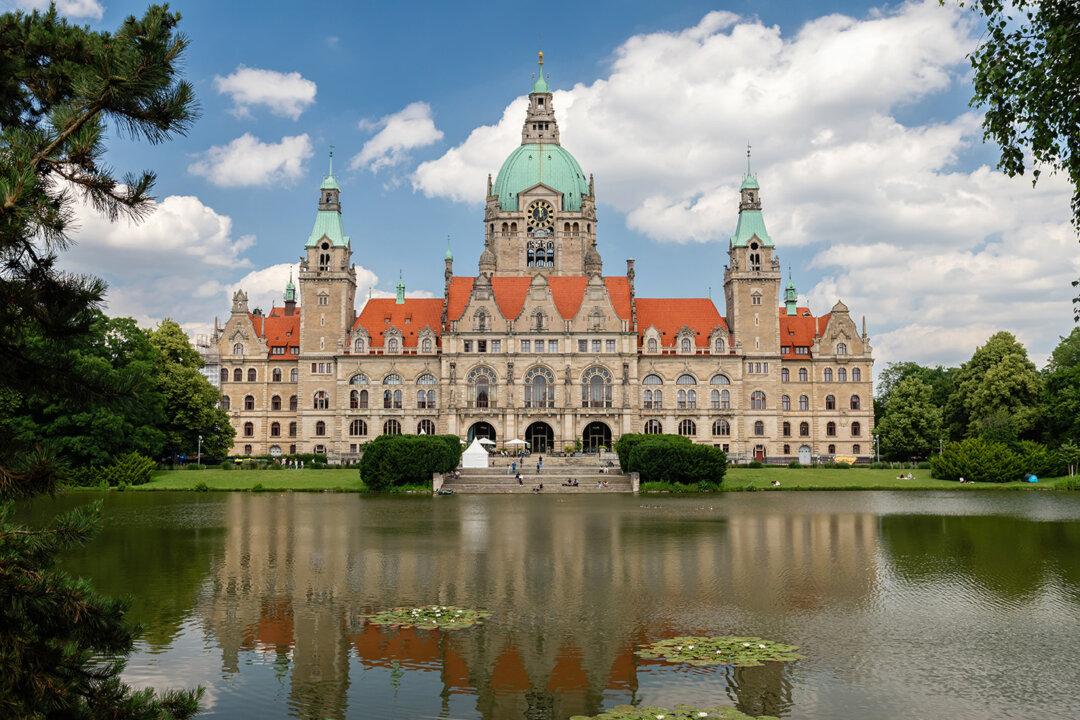Serving for centuries as a royal palace for Persian shahs (kings), the Golestan Palace is one of Iran’s most magnificent architectural works and among the oldest historic monuments in the city of Tehran.
Literally meaning “Rose Garden Palace” in Farsi, Golestan began its transformation into a royal palace with the construction of a citadel during Tahmasp I Shah’s reign (1524–1576). The eponymous walled garden was added during the reign of Abbas the Great (1587–1629). In 1789, Agha Mohammad Shah established the Qajar dynasty and made Tehran the national capital, with Golestan as his primary residence.





